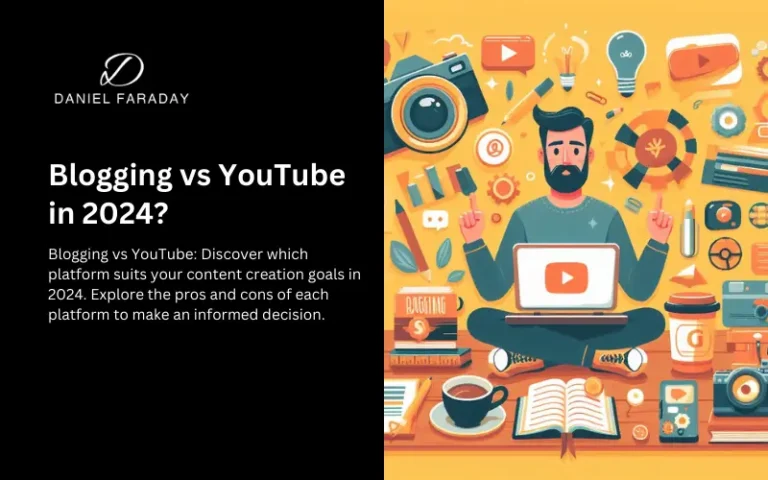AI Tools to Fix Your Blogging Mistakes: Write Error-Free Posts Every Time
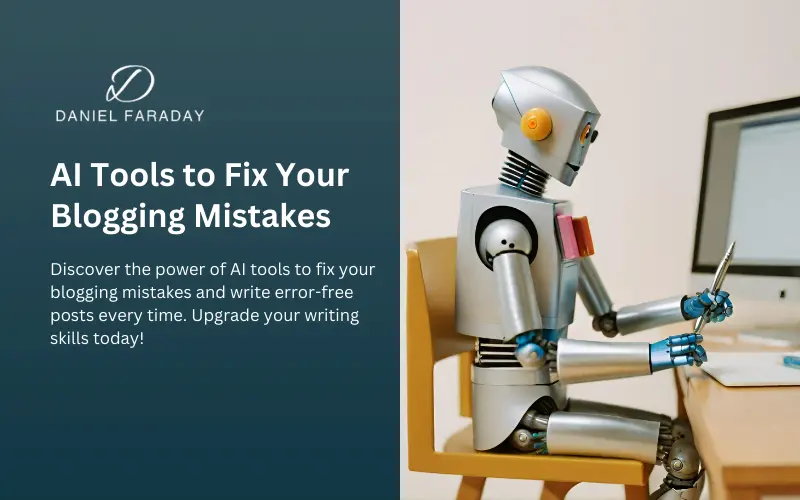
You’re ready to hit publish on your latest blog post. You’ve spent hours crafting and perfecting your content, but what if there are small errors you missed? Typos, grammar issues, or repetitive wording can detract from an otherwise great article. Luckily, AI tools have your back. Now you can write error-free blog posts every time.
In just a few clicks, you can leverage artificial intelligence to scan your posts and catch those pesky mistakes. No more publishing a new article only to find an embarrassing typo hours later. AI writing assistants are constantly improving too, with new capabilities being added all the time. Soon, AI may even help suggest topics or outline posts for you.
For now, take advantage of AI to proofread and strengthen your writing. Your readers will appreciate the polished, professional content. And you’ll have peace of mind knowing your posts are as compelling and error-free as possible, all thanks to AI tools that make blogging a breeze. Writing the perfect blog post has never been easier. Let the robots do the editing – you focus on crafting content your readers will love.
Common Blogging Mistakes to Avoid
As a blogger, there are a few common mistakes you’ll want to avoid. Making these errors can turn off readers, hurt your credibility, and negatively impact your search rankings.
1. Using AI to Check Grammar and Spelling
Using AI tools to check your grammar and spelling is a simple way to polish your blog posts and avoid embarrassing mistakes before hitting “publish.”
Grammarly

Grammarly is a free AI writing assistant that scans your content for errors and provides suggestions to fix them. It checks for spelling, grammar, and punctuation mistakes and offers word choice recommendations to improve clarity and conciseness.
To use Grammarly, just copy and paste your blog post into the editor on Grammarly’s website or install their desktop app or mobile keyboard. Grammarly will instantly analyze your writing and underline any issues, with explanations of how to correct them. It’s an easy way to give your posts a final proofread and ensure they’re error-free.
Hemingway App
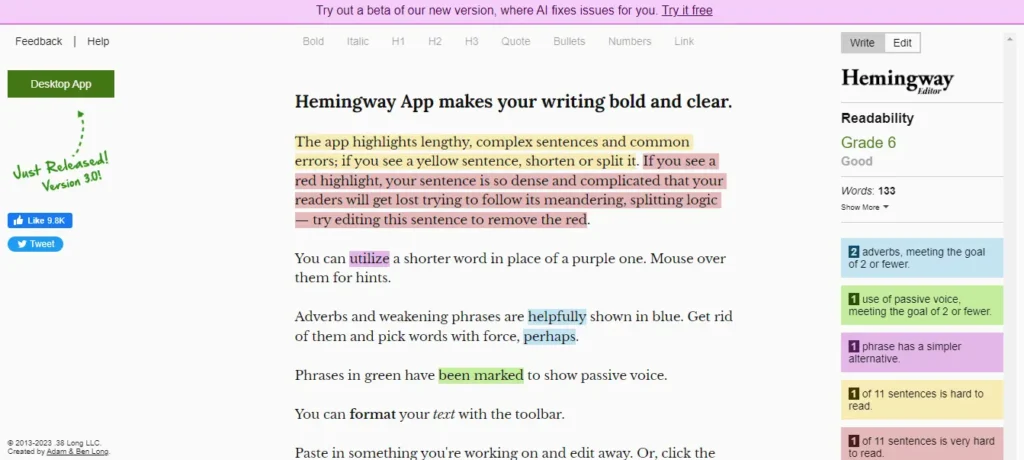
The Hemingway App is another helpful AI tool for bloggers. It assesses the readability of your content and provides feedback to make your writing clear and impactful. Things like reducing wordiness, using active voice, and avoiding complex sentences.
To use the Hemingway App, copy and paste your blog post into the editor on their website. It will highlight sentences that can be simplified and provide suggestions for tightening up your prose. The goal is to make your writing concise and compelling, so your key messages don’t get lost.
With AI-powered grammar checkers and readability analyzers, you can polish and strengthen your blog posts before publishing. Then you can rest assured your content is high-quality, mistake-free, and effectively conveying your ideas to readers. Leveraging these AI writing tools will make you a better blogger and boost your credibility.
2. AI Tools for Plagiarism Checking
Plagiarism is strongly discouraged in the field of blogging. Using AI tools to check your posts for plagiarized content before publishing can help avoid embarrassing mistakes and damage to your blog’s reputation.
Plagiarism Checkers
Several free AI tools scan your blog posts for plagiarized passages and improperly cited quotes or statistics. Two of the most popular are Grammarly and Quillbot. These tools compare your writing to billions of web pages and academic databases to identify matching text that isn’t properly attributed.
After running your post through one of these checkers, you’ll get a report showing any suspicious text matches. Review each match to determine if you need to revise, paraphrase, or properly cite the original content source. It’s always better to err on the side of caution and provide a citation when unsure.
Don’t just rely on the AI, though. Also do a manual check of any key facts, quotes, or statistics in your post to verify the information is correct and properly credited. AI tools can miss some forms of plagiarism, so human review is still important.
Paraphrasing Tools

If the plagiarism check does flag some problematic text matches in your post, paraphrasing tools can help you rewrite the content in your own words. Services like Quillbot and Spinbot use AI to rephrase sentences and generate unique versions of the original text.
Paste any text flagged as duplicated into the paraphrasing tool and it will provide alternative versions. Pick the option that sounds most natural while conveying the key ideas. Then double-check that the rewritten version is unique by running it through a plagiarism checker again. You may need to manually tweak some of the wording for the best results.
Using AI-powered plagiarism checkers and paraphrasing tools is an easy way to strengthen your blogging game and build a reputation for publishing high-quality, original content. Your readers will appreciate your effort in creating an authentic, engaging experience on your blog.
3. How AI Can Improve Your Headlines
AI tools can help boost your blogging headline game. Headlines are the first thing readers see, so crafting compelling ones is key to drawing people in and keeping them engaged. The good news is, that artificial intelligence has got your back. Here are a few ways AI can help improve your headlines:
Headline analyzers
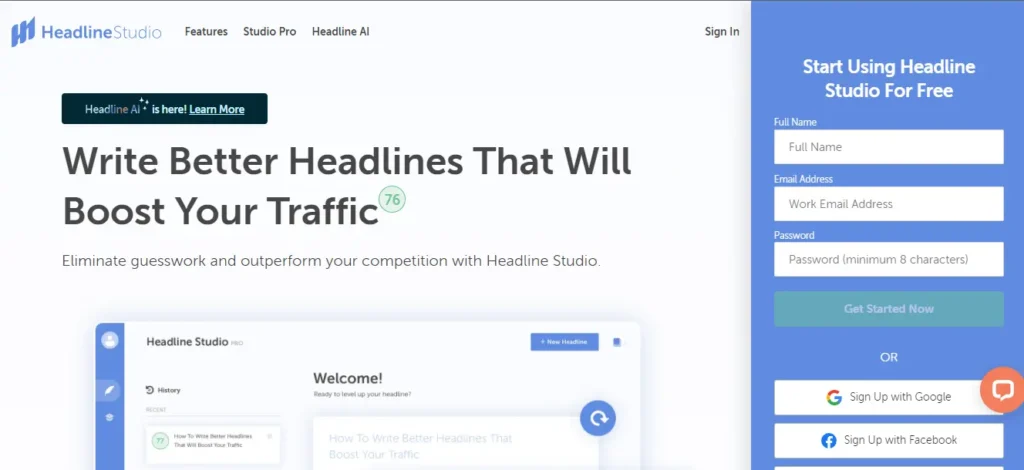
Headline analyzers like CoSchedule and Advanced Marketing Institute scan your headlines and give them a score based on factors like emotional impact, keyword density, and clickability. They’ll tell you if your headline needs punching up or reworking completely. These tools look at thousands of high-performing headlines to determine what makes an effective one. Their recommendations can help you craft headlines that spark interest and drive more traffic.
Emotional targeting
Some headline tools tap into the power of emotions. They evaluate your headline to determine if it provokes feelings of curiosity, interest, or excitement. The most compelling headlines evoke an emotional reaction because emotions drive sharing and clicks. If your headline lacks emotional impact, these tools will suggest ways to make it more dramatic, surprising, or actionable. Punchier, emotion-inducing headlines lead to more social shares and higher click-through rates.
SEO optimization
Strong headlines also rank well in search engines, so many headline analyzers check for key SEO ranking factors. They look at elements like:
- Keyword usage: Use your target keyword 2-3 times, including once in the first few words.
- Length: Headlines between 6 to 12 words tend to rank best.
- Questions: Questions can make compelling headlines and tend to rank highly.
- Numbers: Headlines with numbers, stats, or lists tend to get more clicks.
- Trending topics: Mentioning current trends, news items, or viral content.
Headlines that check these boxes have a better chance of ranking on page one of Google and driving qualified search traffic. The right headline analyzer can help ensure your headlines are optimized for both search engines and readers.
With the help of AI tools, you can create headlines that are emotional, optimized, and high-performing. Stronger headlines mean more traffic, shares, and reader engagement—so put these technologies to work for your blog!
4. AI-Powered Editing to Refine Your Writing
AI-powered editing tools can help refine and improve your writing. As bloggers, we all make mistakes from time to time. Rather than publishing a post and hoping for the best, run it through an AI editor first. These intelligent services scan your content and suggest corrections to fix common errors, allowing you to publish higher-quality blog posts.
Tighten Up Your Writing
Some AI writing tools like SurferSEO also evaluate the flow, clarity, and conciseness of your content. They point out unnecessary or wordy sentences and suggest ways to tighten them up. The editor may highlight phrases that can be made more concise or find repetitive words and phrases to remove. Accepting these suggestions helps strengthen your writing by eliminating fluff and redundancies.
Ensure Consistent Style and Tone
AI can also check that your blog post maintains a consistent writing style and tone. If the content varies between casual and formal or switches between passive and active voice, the AI writing assistant flags these inconsistencies. The editor may recommend revising certain sentences or passages to create a uniform style and tone across the entire blog post. A consistent style and tone is important for reader experience and credibility.
This can be done using AI writing tools like Hypotenuse AI, Jasper AI or even using ChatGPT
Double Check Facts and Claims
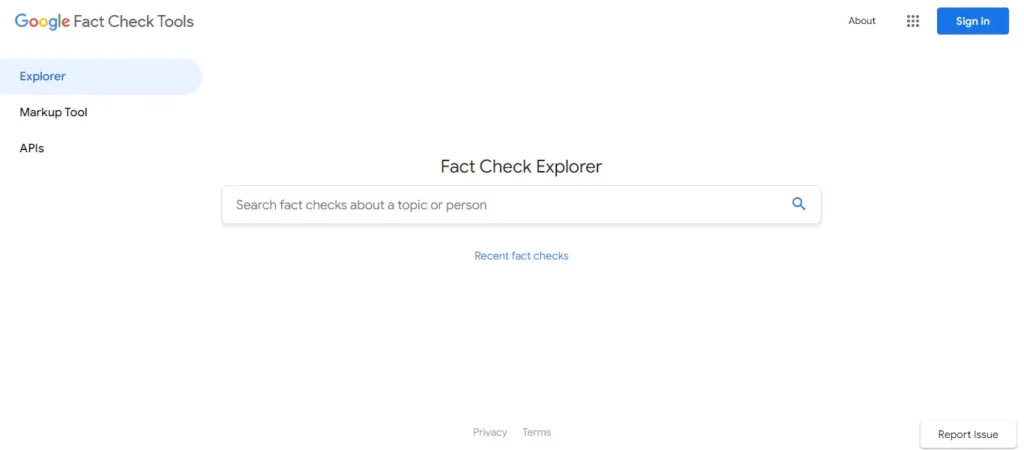
Some AI writing tools verify facts, statistics, quotes, and claims in your blog post. If the editor detects something potentially inaccurate or misleading, it flags that content for your review. Double-checking facts and substantiating claims is essential for publishing high-quality, authoritative blog content. Rather than spread misinformation, take the time to confirm the accuracy of key facts and quotes. Readers will appreciate content that is well-researched and supported.
For instance, Bing Chat is a useful tool when seeking specific answers to your queries. Other cutting-edge fact-checker options include Google Fact Check Explorer, Claimbuster, Microsoft’s Natural Language Processing (NLP), and IBM Watson Discovery Service.
5. Generating New Post Ideas With AI
Content creators can often encounter a significant challenge when they prioritize constantly generating new post ideas. While creativity is essential, an overemphasis on the constant churn of fresh content can lead to burnout, quality deterioration, and a lack of focus on refining existing ideas. Balancing innovation with maintaining the quality of content is key to long-term success. with AI is a powerful technique that can help content creators, and writers overcome creative blocks and discover fresh, engaging topics. AI tools, particularly language models like GPT-3.5, can assist in brainstorming and generating innovative content ideas. Here’s how you can use AI to help you come up with new post ideas:
- Keyword Expansion: Begin by entering a primary keyword or topic related to your niche. AI can provide you with a list of related keywords, helping you uncover subtopics and angles to explore.
- Content Gap Analysis: AI can analyze your existing content or that of your competitors and identify areas that you have not yet explored. This helps in discovering gaps in your content strategy.
- Trending Topics: AI can monitor current trends and social media discussions to suggest topics that are currently popular. This ensures your content is timely and relevant.
- Long-tail Keyword Suggestions: Long-tail keywords often have lower competition and can attract highly targeted traffic. AI can generate long-tail keyword ideas that you may not have thought of.
- Content Ideation Based on User Intent: AI can determine the search intent behind specific keywords and suggest content ideas that align with those intents. For example, informational, transactional, or navigational content.
- Answering Common Questions: AI can help you brainstorm and create content that addresses common questions in your industry. This can be in the form of FAQs, how-to guides, or informative articles.
- Content Mashups: AI can combine ideas from different sources to create hybrid content, merging elements from various niches or industries to come up with unique and intriguing post ideas.
- Content Series Planning: If you plan to create a series of articles or posts, AI can assist in mapping out a logical and engaging progression of topics.
FAQ – Frequently Asking Questions
You likely have a few questions about how AI tools can help improve your blogging. Here are some of the most common questions and answers to help clarify things.
What types of AI tools are useful for bloggers?
There are several AI tools designed specifically for bloggers and content creators. These include:
- Grammarly – Checks for grammar, spelling, and punctuation errors. It can scan your posts and make corrections so your writing is clear and concise.
- Hemingway – Analyze your writing to identify complex sentences and suggest simpler alternatives. It highlights adverbs, passive voice, and unnecessary jargon to make your posts straightforward and engaging.
- Yoast SEO – Optimizes your posts for search engines by analyzing focus keywords, content structure, internal linking, and more. It gives you tips to improve your posts’ findability in Google.
- CoSchedule – Helps you plan and organize your content calendar. It provides suggestions for topic ideas, content upgrades, and ways to repurpose older posts. It makes content creation and promotion more efficient.
How much do these AI tools cost?
Many AI tools for bloggers offer free versions with limited features as well as paid plans with additional capabilities. Prices range from $0 to $50 per month for individual bloggers. Some popular tools like Grammarly, Hemingway, and Yoast SEO have free versions to get you started. As your needs grow, you can upgrade to a paid plan for more advanced features.
Do AI tools really make a difference?
Yes, AI tools can significantly impact your blogging. Some of the major benefits include:
- Improved writing – Tools like Grammarly and Hemingway help you craft clearer, more compelling posts by flagging issues with readability, clarity, and concision.
- Better SEO – Yoast SEO analyzes your posts and provides customized tips to optimize them for search engines so more people can find your content.
- Increased productivity – AI tools automate many repetitive blogging tasks like keyword research, content suggestions, and social sharing. This saves you time so you can focus on actually writing your posts.
- Valuable insights – Some tools offer analytics and reports on your posts’ performance so you can see what’s resonating with your audience. You can then create more of the content that people want and engage with.
AI has a lot to offer bloggers and the tools keep getting smarter. By leveraging AI in your blogging strategy, you’ll write better, reach more readers, and gain useful insights into your content’s impact. The future of blogging is AI-powered, so take advantage of these innovative tools to improve your craft.
Conclusion
You now have all the tools you need to craft error-free blog posts and build an audience that trusts your content. With AI-powered grammar checkers, plagiarism detectors, and readability analyzers at your fingertips, you’ve got a virtual team of editors looking over your shoulder with every keystroke. No more worrying if that last sentence was grammatically sound or if you properly cited all your sources. These AI helpers have got your back.
Your readers will appreciate posts that flow smoothly and sound professionally polished. And since you have more time to spend on crafting compelling content instead of tedious editing, you’ll publish more frequently. Win-win.
What are you waiting for? Start tapping those keys and publish with confidence knowing AI has enabled you to become a blogging powerhouse. The only mistakes now are the ones you make on purpose. Your error-free blogging future awaits!






